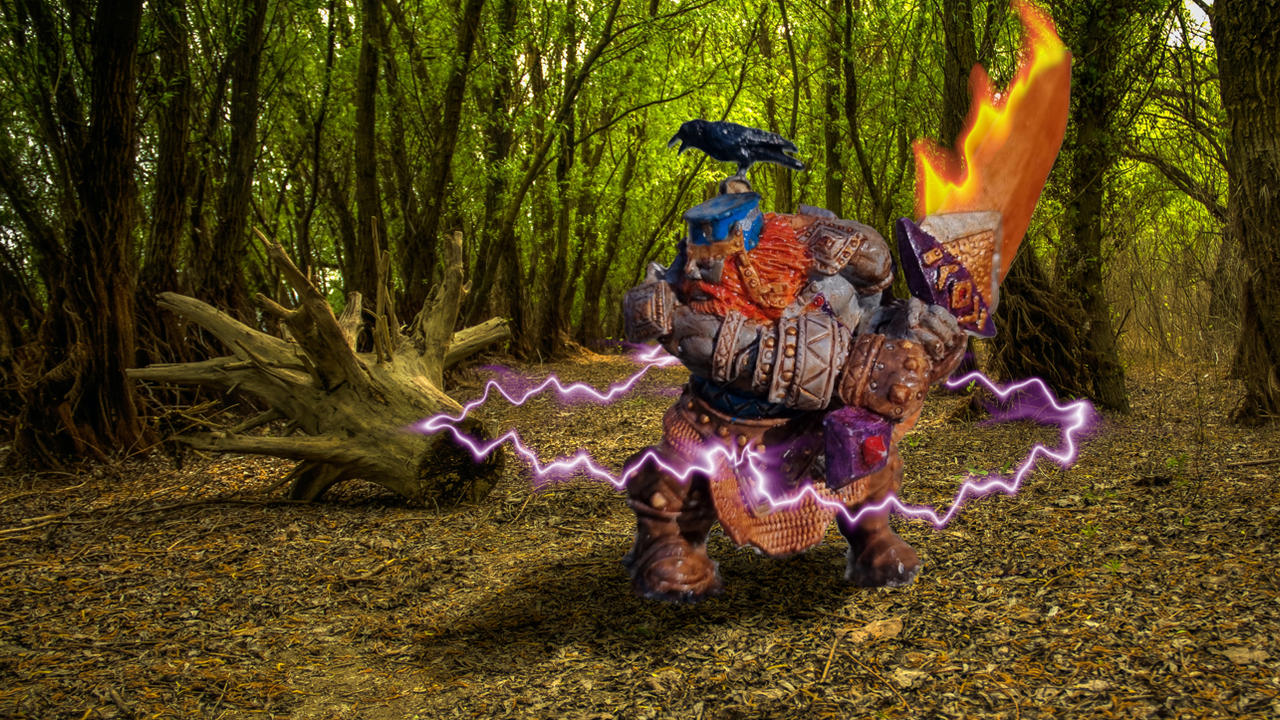Its name comes from Quenya - known as an ancient language - and means Ear (sea) and Linde (Song). Eärlindë or Song of the Sea is a space where the world of Middle-earth comes alive at the hands of thousands of people who come to keep alive the spirit of J.R.R.'s work. Tolkien.
Within this space, language workshops of the Quendi or Eldar, that is, the elves, are offered. The language of Legolas, Fingolfin, Finarfin and Galádriel and other heroes of the work, understanding it in its entirety.
As in all medieval fairs, recreational and recreational events are held and promoted to share the culture of Middle Earth. These medieval fairs have been held on weekends for years, bringing together different activities ranging from art to gastronomy. Dressed as knights, monks, nobles and more, those who attend these events are looking for some of the mystique of that time that translates into sword fights and craft fairs.
There are also dances to the sound of medieval music and you cannot miss the gastronomy and craft beer of small entrepreneurs who take advantage of the occasion to make their way along with activities such as archery. During the Eärlindë Tolkien Expo, fantasy authors who want to take a few moments to read fragments of the Silmarillion or the Lord of the Rings among other stories are also generally invited.
It is a space in which cosplayers also have their place in events. Men and women compete for their best clothing of elves, mountaineers, knights of Gondor, Hobbits and Valar and why not orcs and trolls.
Whether out of curiosity, looking for an alternative program for a weekend or simply for fun, Eärlindë Tolkien is a space to interrupt the routine and take a break from the fantastic world.
Where? Bolivia 4610, Villa Ballester
When? December 17 from 4:00 p.m. to 10:00 p.m.



